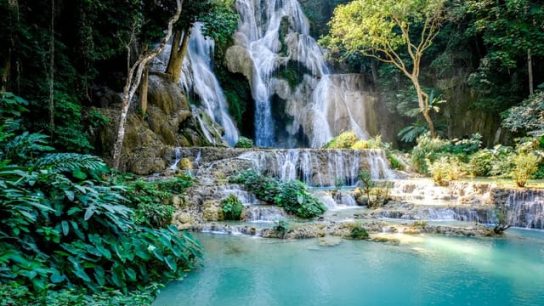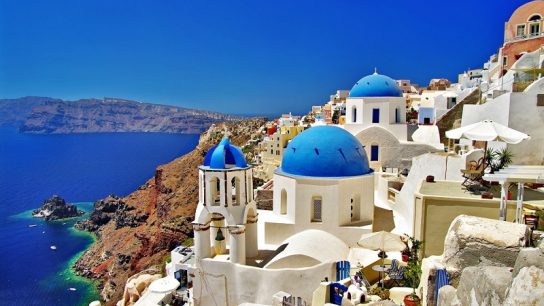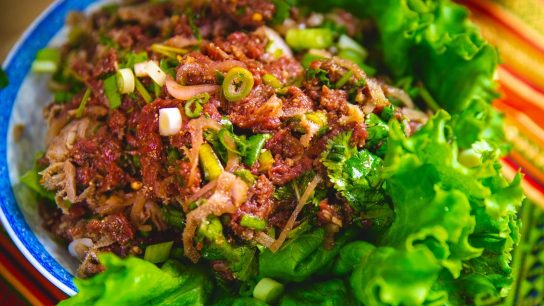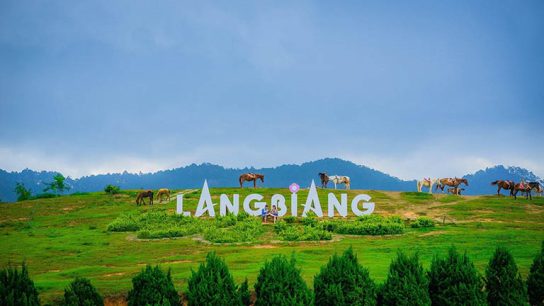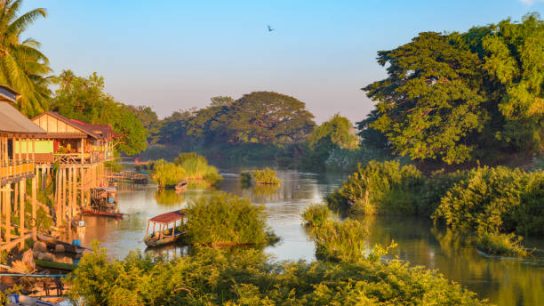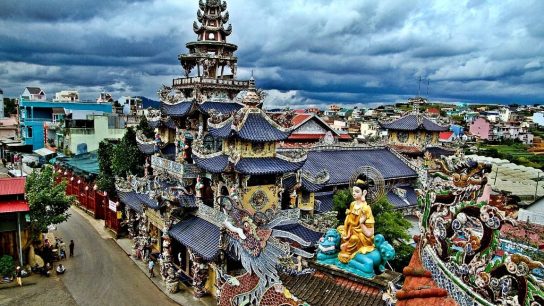Renowned as the repository of Vietnam’s oldest traditional culture, Cai Beo fishing village stands out as a prominent tourist destination in the Hai Phong region, drawing a substantial number of visitors each year. This charming locale not only unveils a picturesque natural landscape but also offers a unique chance to delve into the meticulously conserved traditional way of life and culture of its inhabitants.
For those contemplating a journey to Hai Phong soon, consider the following insights into exploring the enchanting Cai Beo fishing village.

About Cai Beo’s ancient fishing village:
With a history spanning over 7,000 years, Cai Beo Floating Village ranks among the oldest fishing villages in Asia. Archaeological findings reveal that its initial settlers were descendants of the Hoa Binh-Bac Son culture, migrating from the mainland to the islands. Dependent on hunting, gathering, fishing, and shellfish farming, these early inhabitants crafted distinctive pottery, employing twisted rope to create patterns on ceramic surfaces. Artifacts discovered in Cai Beo, such as stone tools, pottery shards, fish bones, shells, and animal remains, vividly reflect the ancient fishermen’s lifestyle and culture.
In addition to its prehistoric roots, Cai Beo Floating Village played a vital role in the Halong culture during the Bronze Age along the northeast coast of Vietnam. The Halong people demonstrated expertise in metalworking, boat building, and trading.
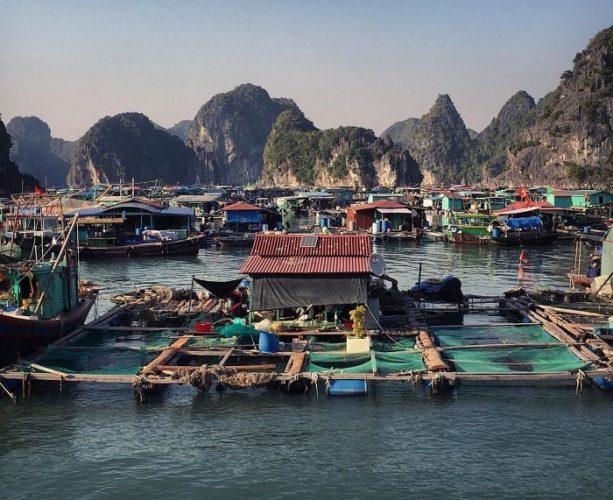
Today, hosting over 300 households primarily involved in fishing and seafood cultivation, Cai Beo Floating Village transcends being a mere glimpse into traditional lives. It stands as a poignant testament to the enduring legacy of ancient Vietnamese civilization.
When should you visit Cai Beo Floating Village?
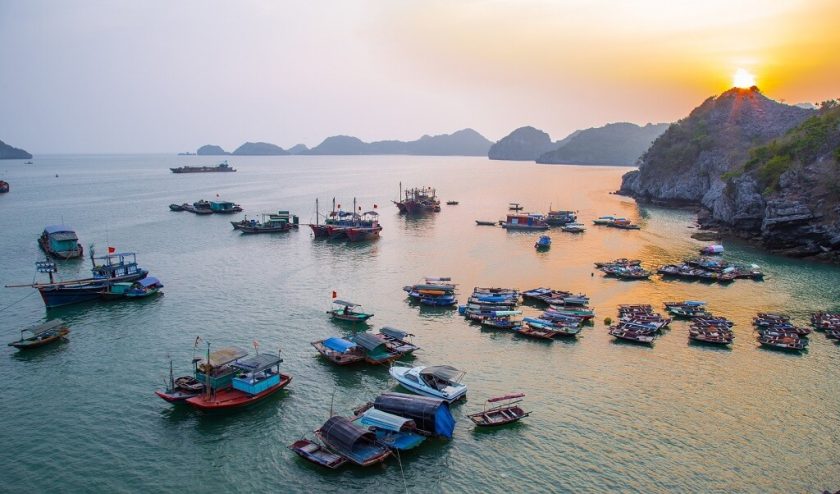
When considering the best time to visit Cai Beo Floating Village, it’s advisable to align your plans with the general weather patterns of Hai Phong City. The most picturesque period is from April to October, with the peak occurring from May to July. During these months, the village showcases its beauty, attracting a considerable number of tourists. If possible, you might consider planning a resort stay during this time for a more relaxed and enjoyable experience.
For those opting to visit between July and August, it’s essential to take weather conditions into account before making arrangements. This period may bring about storms and heavy rainfall in Cai Beo Floating Village, potentially affecting the tourism experience. Alternatively, if you seek a serene and less crowded atmosphere, the best time to visit the ancient fishing village is from November to March. During this period, you can enjoy a more peaceful ambiance and avoid potential disruptions caused by adverse weather conditions.
Things To Do At Cai Beo Floating Village:
Explore Cai Beo site – The cradle of Vietnamese island culture:

Today, Cai Beo Floating Village still retains its traditional and simple way of life, despite the modernization and tourism development in Cat Ba Island. The villagers reside in wooden houses that gracefully float atop the water, supported by bamboo poles and plastic barrels. Boats serve as their primary mode of transportation and communication, embodying a lifestyle deeply connected to the surrounding aquatic environment.
Fishing and aquaculture remain the villagers’ primary sources of both income and sustenance. Underneath their houses, cages house a variety of fish, including mackerel, bass, red snapper, and grouper. The villagers also engage in the cultivation of seaweed, oysters, clams, and pearls. These locally produced goods find their way to the local markets and are offered to the tourists who venture into their village, sustaining both the villagers’ livelihoods and providing a taste of the authentic marine culture to visitors.
Enjoy The Natural Beauty and Attractions of Cai Beo Floating Village:
Cai Beo Floating Village is situated in a stunning natural setting, surrounded by the emerald water and the limestone mountains of the Cat Ba Archipelago. The village is nestled in a calm and sheltered bay, protected from the wind and waves by the islands and rocks. The scenery is peaceful and serene, contrasting with the bustling and noisy Cat Ba Town, which is only 2 km away from the village.
Cai Beo Floating Village is an ideal destination for those who love nature and adventure. The village is a gateway to Lan Ha Bay, part of the Ha Long Bay World Heritage Site. Lan Ha Bay is famous for its pristine and diverse beauty, with hundreds of islands, islets, caves, and beaches. The bay is also a paradise for kayaking, swimming, snorkeling, and diving, as it offers a rich and colorful marine life, such as coral reefs, fish, dolphins, and turtles.
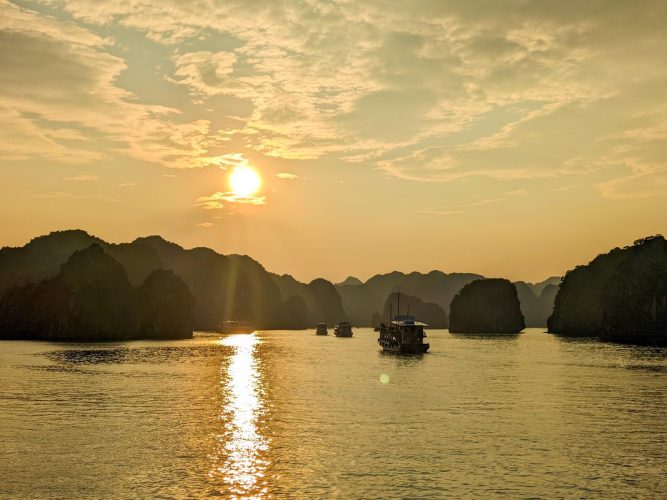
Cai Beo Floating Village is also a perfect place to watch the sunrise, sunset, moonlight, and stars. The village offers a romantic and tranquil atmosphere, where tourists can enjoy the beauty and harmony of nature and humans. The village is also a great spot to take photos and capture the memorable moments of the trip.
Join fishing activities:
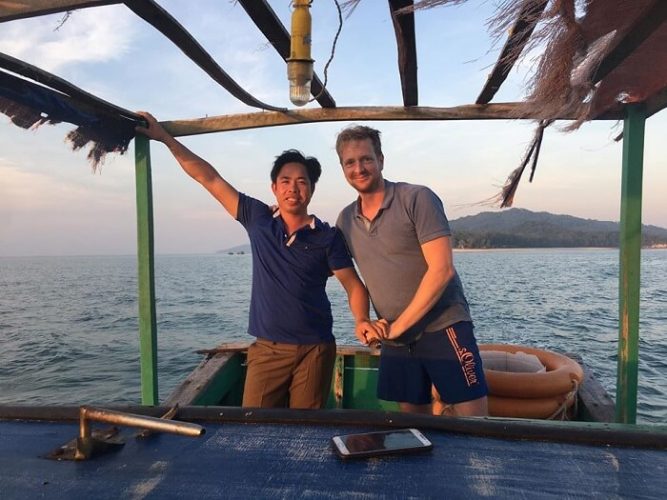
After marveling at the scenery and exploring the rich historical culture, visitors can leave their mark on the journey by engaging in hands-on experiences like fishing and direct involvement in seafood cultivation. Particularly, fish farming in cages introduces an impressive experience, especially for first-time participants.
Fish in Cai Beo are nurtured for 2-3 years before being offered for sale, ensuring consistently firm flesh and exceptionally high quality. Therefore, it’s not surprising that the selling price can reach up to 500,000 VND/kg, yet there is always a long queue of eager buyers.
The fish farming techniques employed by the locals have gained such renown that anyone visiting Cai Beo Fishing Village is keen to witness them firsthand. After being purchased from boats that fish farther from the shore, the fish are distributed into individual cages designed for breeding. Each cage, constructed from wood with attached floats, boasts a spacious area capable of accommodating 150-200 fish fry.
How to Visit Cai Beo Floating Village:
For those planning to visit Cai Beo Floating Village, accessibility from Cat Ba Town, the primary tourist hub of Cat Ba Island, is convenient.
By taxi or motorbike:
Travel options include a short 10-minute taxi or motorbike ride, with taxi fares averaging around 50,000 VND (2 USD) and motorbike rental fees of approximately 100,000 VND (4 USD) per day.
By boat:
Alternatively, visitors can opt for a scenic boat journey departing from Ben Beo Harbor, approximately 1 km from Cat Ba Town. The 15-minute boat ride, costing around 100,000 VND (4 USD) per person, not only transports guests to Cai Beo Village but also offers the opportunity to explore other attractions in Lan Ha Bay, such as Monkey Island and Dau Be Island.
By tour:
For a more hassle-free experience, joining a guided tour from Cat Ba Town is recommended. Numerous tour operators offer diverse packages catering to different durations and itineraries. Typically, these tours include transportation, a knowledgeable guide, entrance fees, lunch, and various activities. Tour durations can vary from half a day to a full day, with prices ranging between 300,000 VND (13 USD) to 800,000 VND (35 USD) per person.
Conclusion:
Cai Beo Floating Village is a must-see destination for anyone exploring Cat Ba Island. It provides an immersive experience into the authentic and traditional life of local fishermen, showcasing the cultural and natural treasures of ancient Vietnamese civilization.
Visitors can anticipate creating unforgettable memories and impressions during their trip to Cai Beo Floating Village, an essential stop that encapsulates the unique charm of Vietnam’s cultural and natural heritage.
Best Banh Mi in Saigon: 7 Places For Authentic Experience
10 Must-Try Foods and Drinks on Your Next Trip to Vietnam In 2024

